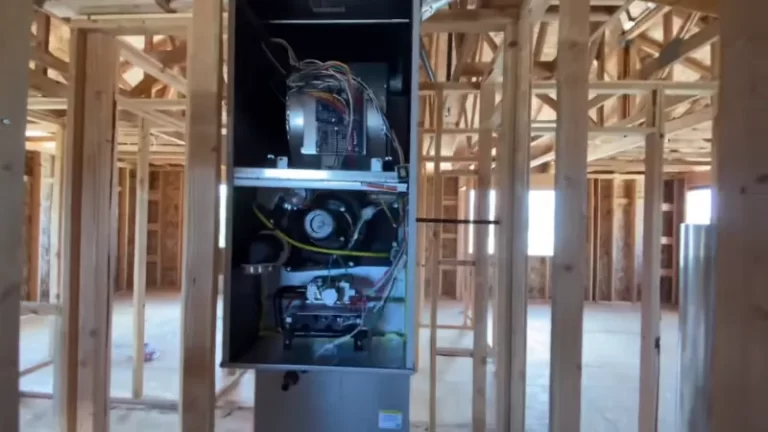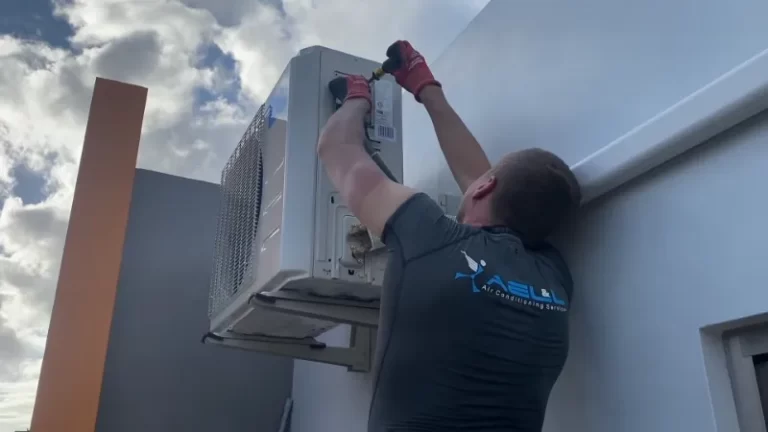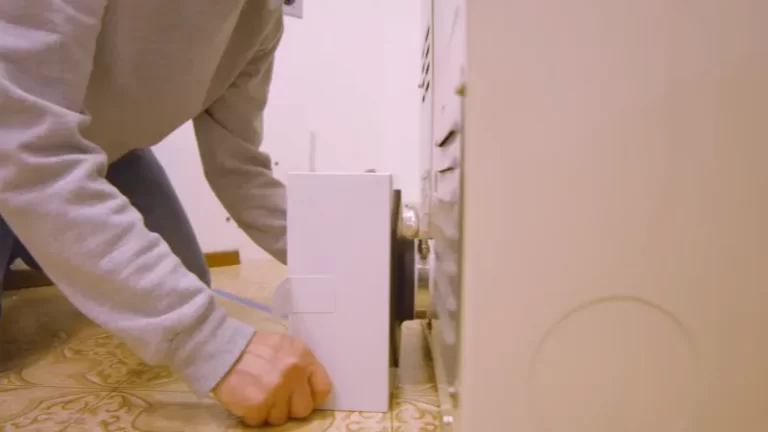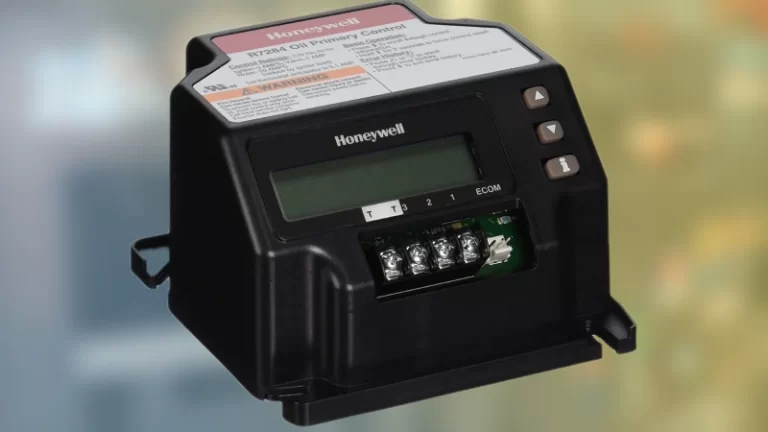13 Seer Vs 15 Seer [Everything You Need to Know]
The SEER (Seasonal Energy Efficiency Ratio) rating is a measure of the energy efficiency of air conditioning units. It determines how much energy is required to produce a certain amount of cooling output.
The higher the SEER rating, the more energy efficient the unit is. When choosing an air conditioning system for your home, the SEER rating is an important factor to consider.
In this blog, we will compare 13 SEER and 15 SEER air conditioning systems, exploring their advantages, disadvantages, and differences in energy efficiency, operating costs, and maintenance.
Our goal is to provide you with the information you need to make an informed decision when selecting an air conditioning system for your home.
You'll Learn About
Understanding 13 Seer
A 13 SEER air conditioning system is one that has a SEER rating of 13. This means that the system requires 13 units of energy to produce one unit of cooling output.
13 SEER systems are considered to be the minimum standard for air conditioning systems and are typically the most basic and affordable option.
Advantages of 13 SEER systems include affordability and widespread availability. They are often the most cost-effective option for homeowners looking to replace an older, less efficient system.
In addition, because 13 SEER systems are so common, it is often easier to find replacement parts and qualified technicians to service the system.
Disadvantages of 13 SEER systems include their lower energy efficiency compared to higher SEER systems. This means that they will use more energy to produce the same amount of cooling as a higher SEER system, leading to higher energy bills.
They also tend to be less reliable and may need more frequent repairs, as well as being less environmentally friendly due to their higher energy consumption.
Understanding 15 Seer
A 15 SEER air conditioning system is one that has a SEER rating of 15. This means that the system requires 15 units of energy to produce one unit of cooling output.
15 SEER systems are considered to be more energy-efficient than 13 SEER systems, as they use less energy to produce the same amount of cooling.
Advantages of 15 SEER systems include improved energy efficiency, lower energy bills, and increased environmental friendliness. They are also often more reliable and require less frequent repairs compared to 13 SEER systems.
In addition, 15 SEER systems are often more efficient at cooling larger homes or homes with higher energy requirements.
Disadvantages of 15 SEER systems include higher upfront costs compared to 13 SEER systems. They may also be more difficult to find and may require specialized installation and servicing, which can add to the overall cost.
Additionally, 15 SEER systems may not be necessary for smaller homes or homes with low cooling requirements, as the increased energy efficiency may not be worth the extra cost.
Comparison Between 13 Seer and 15 Seer
Energy Efficiency
15 SEER systems are generally more energy-efficient than 13 SEER systems, as they use less energy to produce the same amount of cooling output. This means that homes with 15 SEER systems are likely to see lower energy bills compared to homes with 13 SEER systems.
However, the increased energy efficiency may not always be worth the extra cost, especially for smaller homes or homes with low cooling requirements.
Operating Costs
In addition to lower energy bills, 15 SEER systems may also have lower operating costs compared to 13 SEER systems due to their increased reliability and reduced need for repairs.
However, the upfront cost of purchasing a 15 SEER system may be higher compared to a 13 SEER system, so it is important to weigh the costs and benefits before making a decision.
Maintenance and Repair
15 SEER systems are often more reliable and require less frequent repairs compared to 13 SEER systems. This can lead to reduced maintenance and repair costs over time.
However, because 15 SEER systems are often more specialized and require more specialized installation and servicing, they may also be more expensive to maintain and repair compared to 13 SEER systems.
Exploring 13 SEER Vs 15 SEER: Everything You Need to Know
When shopping for an air conditioner, the SEER rating is one of the most important factors to consider. SEER stands for Seasonal Energy Efficiency Ratio, and higher ratings indicate greater energy efficiency.
A 15 SEER unit will use less energy than a 13 SEER unit, which can lead to lower monthly utility bills, especially in warmer climates. But, the initial investment for a 15 SEER system may be higher, so it’s essential to consider your long-term savings.
Additionally, keeping your air systems well-maintained is crucial. Learn how to maintain your internal syphon gauge for efficient operation and ensure your unit runs smoothly. If you notice a decrease in performance, it could be related to air flow; try lubricating your attic fan to ensure proper ventilation.
Frequently Asked Questions
What is SEER and why is it important?
SEER stands for Seasonal Energy Efficiency Ratio and it is a measure of the energy efficiency of an air conditioning system. SEER is calculated by dividing the amount of cooling output over the course of a season by the total energy used during that same time period.
The higher the SEER rating, the more energy efficient the air conditioning system is, which can result in lower energy bills and a reduced carbon footprint. It is important because it helps homeowners make informed decisions about their air conditioning systems and choose the one that best meets their needs and budget.
What are the benefits of a higher SEER rating in an air conditioning system?
A higher SEER rating means that an air conditioning system is more energy efficient, which can result in a number of benefits. Firstly, it can lead to lower energy bills, as the system will consume less energy to produce the same amount of cooling.
Secondly, it can result in a reduced carbon footprint, as it produces less greenhouse gas emissions. Thirdly, higher SEER air conditioning systems tend to have better control over indoor air temperature, meaning that the room will stay cooler and more comfortable for longer periods of time.
Finally, they also tend to have a longer lifespan and require less maintenance, which can save homeowners money in the long run.
How does the size of a home impact the decision between a 13 SEER and a 15 SEER air conditioning system?
The size of a home is a key factor in determining the most appropriate air conditioning system. Larger homes require more cooling power, so a higher SEER rating may be more suitable.
On the other hand, smaller homes may not need as much cooling power and may be able to get by with a 13 SEER system.
It is recommended to consult with a heating and cooling professional to determine the most appropriate air conditioning system based on the size of the home and its specific cooling requirements.
What are the additional costs to consider when choosing a 15 SEER air conditioning system?
While a 15 SEER air conditioning system can lead to lower energy bills and a reduced carbon footprint, it is important to consider the additional costs associated with this type of system.
Firstly, 15 SEER systems tend to be more expensive upfront, as they use more advanced technology and components.
Secondly, they may also be more expensive to maintain and repair, as parts and labor tend to be more costly. Finally, they may require additional upgrades to the electrical system in order to support the increased power consumption.
Homeowners should carefully consider these costs before making a decision and consult with a heating and cooling professional if needed.
What is the lifespan of a 13 SEER and a 15 SEER air conditioning system?
The lifespan of an air conditioning system depends on a number of factors, including the quality of the components, the frequency of maintenance, and the operating conditions.
On average, air conditioning systems have a lifespan of between 10 and 15 years.
However, it is possible for a well-maintained 15 SEER system to last longer than a 13 SEER system, due to its more advanced technology and higher energy efficiency.
Homeowners should consult with a heating and cooling professional to determine the most appropriate air conditioning system based on their specific needs and budget.
Conclusion
The decision between a 13 SEER and a 15 SEER air conditioning system ultimately comes down to the homeowner’s specific needs and budget. While 15 SEER systems are generally more energy-efficient and have lower operating costs, they also have a higher upfront cost and may be more expensive to maintain and repair.
On the other hand, 13 SEER systems are less expensive upfront, but may have higher operating costs and may require more frequent repairs.
For homeowners, it is recommended to consider factors such as home size, cooling requirements, and budget before making a decision. It may also be helpful to consult with a heating and cooling professional to determine the best option for their specific needs.
When making a decision between a 13 SEER and a 15 SEER system, it is important to weigh the costs and benefits and to consider the long-term impact on energy bills, maintenance and repair costs, and overall home comfort.
With careful consideration, homeowners can make an informed decision that will ensure their air conditioning system provides efficient and reliable cooling for years to come.





